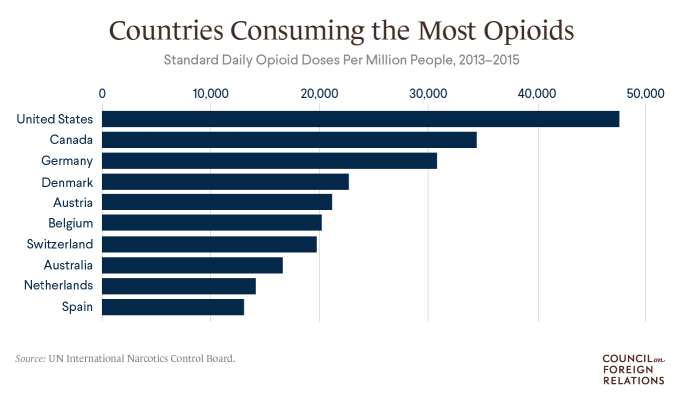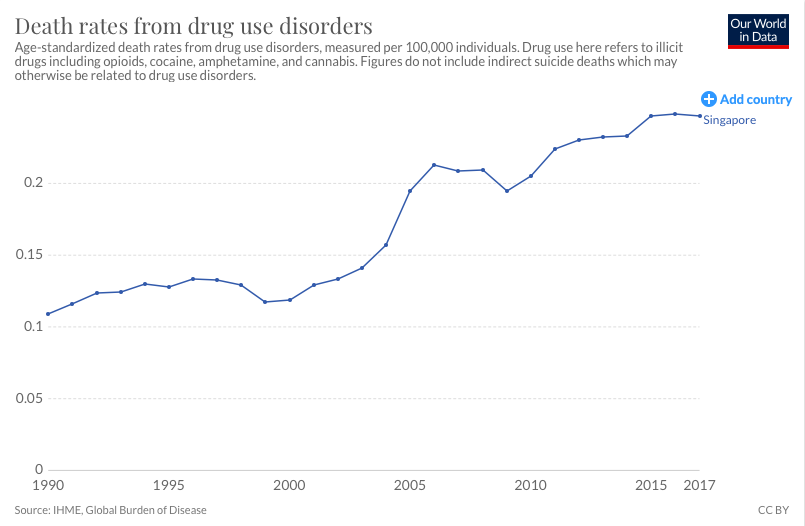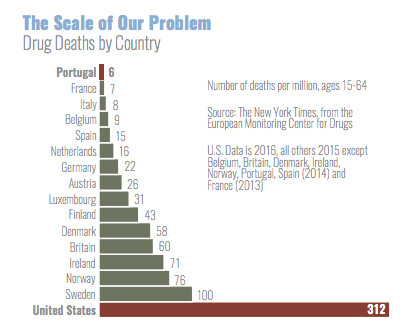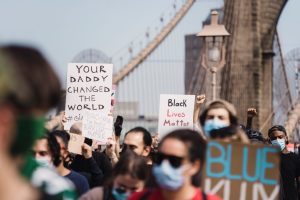From January 1st 2020 onwards, the civil liberty of being able to purchase marijuana legally, at the age of 18, was ripped away by Coalition Avenir Quebec. Bill 2, passed in October 2019 raised the legal age to purchase marijuana for recreational use from 18 to 21. The legislation was passed in order to protect teenagers, who, according to junior health minister Lionel Carmant, are “most vulnerable to cannabis.” This may appear a small change with little consequence, in what is one of the most liberal countries in the world. However, it is reminiscent of the worrying, increasingly polarized discussion on how to deal with illicit drugs.
On the Canadian side of the border, marijuana is sold by a government monopoly. On the American side, Trump praises China’s policy of executing drug dealers, the private marijuana market flourishes, and 10.3 million people abused opioids in 2018.
Before looking at the policies that have worked, what does the drug trade look like today?
In Mexico alone, the annual revenue from drugs is expected to be as much as $29 billion, second to oil, as the highest source of foreign funds in Mexico. The drug industry is intrinsically linked to the differences in the US and Mexican economies. According to Mexico’s government, 42% of the entire Mexican population lives under the national poverty line. Mexico shares a 3,000km border with the biggest economy in the world, where millions of people feed a massive demand for illicit drugs. It follows that criminal enterprises are lucrative and enticing, especially in the absence of other economic opportunities; Opium farmers can earn almost $2,000 a year above the Mexican GDP per capita. Compounded by physicians’ widespread prescriptions of opioids, which often run out while the patient’s addiction continues, many turn to the violent illegal drug trade in order to fuel this need. This leads to a bleak picture: in 2017, there were 29,168 murders in Mexico, the third highest in the world, and about 70,000 deaths from drug overdoses in the United States. There is, of course, a link between these two numbers.
These are perhaps the most conspicuous impacts of the drug trade, yet a whole host of other problems come with it. Nowhere is this more clear than in the United States, where the whole illegal drug trade has been intensely racialized. One report studied 2,100 neighbourhoods across the United States and showed that poorer neighbourhoods were a shocking 6.3 times more likely to experience visible drug sales than rich neighbourhoods, and that illicit drug use was 30% higher in these least advantaged areas.
To make matters worse, veterans are twice as likely to die from an opioid overdose, and an increasing strain on the foster care system has also been directly linked to the opioid crisis. Venture out of the developed world, and things can get a whole lot more devastating: the UN estimated in 2015 that 12% of the population of Afghanistan, one of the biggest opium producers in the world, were addicted to some form of illicit drug. The evil drug trade of today enriches cartels, leaving death and destruction in its path, ultimately affecting the poorest and most vulnerable.
Addiction and loss of life has a huge economic toll. A study published in 2017 by the White House Council of Economic Advisers estimated a cost to the economy of $500 billion per year when calculating lost potential. Cheap heroin and other synthetic opioids continue to cross the border through drug cartels, and the number of deaths, now at 900 per week in the US, is only set to rise. Economist Alan Krueger predicted that the opioid crisis could explain up to 20% of the decline in labour force participation amongst men, and 25% among women from 1999 to 2015.
The problem keeps on growing. Mass media campaigns, zero-tolerance policies, and SWAT teams are obviously failing to address the problem of drugs across the world. As time goes on and punishments get stronger, drug abuse across the world continues to rise.

So what is the solution? Even in countries which have some of the strictest drug laws in the world, the problem has not been solved. Singapore’s notoriously harsh law contains a mandatory death penalty clause for those caught distributing drugs. Possession is equated with distribution: for example, if one is caught with as low as three grams of cocaine, about the size of a raspberry, then one could be subject to the death penalty. Despite this deterrent, in 2016, 3,000 drug abusers were arrested in Singapore, all requiring time and money from law enforcement. Over the last thirty years, deaths from illicit drug use in Singapore have more than doubled.

When compared to the United States, Singapore’s increase in death rates is slight. But an increase is an increase. And despite Singapore having one of the lowest rates of drug abuse in the world, if it takes the death penalty to accomplish this — which doesn’t even eradicate the problem entirely — then is it worth it?
The fact is that current methods fail to address the problem of drugs, destroying lives and imposing huge costs on the economy. But not all countries are facing such a problem. On the other side of the Atlantic Ocean sits Portugal. It is a country famous for Port wine and Cristiano Ronaldo — and unfortunately not its drug policy, where hardly anyone dies from an overdose. Throughout the 1990s, Portugal was experiencing a drug crisis. According to Minister of Health Raquel Duarte, the number of heroin users was at about 100,000 or 1% of the population. But instead of declaring a war on drugs, a panel of experts was brought together in order to find a solution. In 2001, Portugal decriminalized all drugs, replacing it with harm reduction measures, including treating heroin addicts with methadone and providing clean needles. Anyone found with up to a ten-days supply of any drug cannot be arrested, and the police focus all of their efforts on stopping the distribution of drugs, rather than their consumption. Here is what happened: HIV diagnoses due to injection plummeted by 90% since the legislation.
Portugal has the lowest drug mortality rate in Western Europe today - a rate which is one fiftieth of the USA’s. The number of users is at about a quarter of what it was in 1999, and addicts are largely elderly, a relic of the opioid crisis of the past.

Despite very weak economic performance since the financial crisis — which are events often associated with an increase in drug use — Portugal still boasts one of the lowest drug deaths per capita in the developed world. The policies have also saved money for Portugal. According to doctor and politician Ricardo Baptista Leite, crime related to drug use went “basically to 0”, as did the imprisonment of drug users.
Despite legal threats from other countries who were petrified by Portugal’s revolutionary stance on drugs, former president Jorge Sampaio recently had the following to say in 2019:
“I’m very proud of it, we were correct, forward looking, and it gives me a lot of pleasure.”
Today, Portugal continues to intensely focus on harm reduction measures. 90% of the public money allocated to the drug battle goes towards harm reduction measures, including many publicly funded rehabilitation centres. In Canada, for every $5 spent on drug rehabilitation by the Canadian government, $95 is spent on incarceration of drug users.
Decriminalization was a great success in Portugal and radically improved the domestic drug crisis. Portugal has a proven track record, and nearly 20 years to observe the effects of their policy, through economic booms and busts. This policy has worked despite the economic turmoil experienced by Portugal in the wake of the 2008 crisis. Portugal’s public policy regarding illicit drugs is revolutionary and unconventional, but it works. Countries that are starting to look more and more like they’re having a drug crisis should follow.





